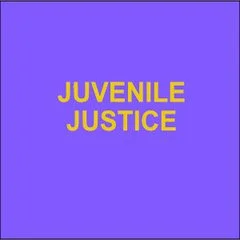By Joshua R. Polanin, Dorothy Espelage, Jennifer K. Grotpeter
This is the Final Summary Overview of the methodology and findings of a study with the goal of finding, collecting, and synthesizing all available published and unpublished research reports that quantitatively analyze the longitudinal relationship between a measure of school violence and later mental health, school performance, or crime/delinquency outcomes. The study used state-of-the-art systematic review and meta-analysis methods to assess the variation in the relationships across studies through multiple-meta-regression modeling. These methods included combining effect sizes by estimating a random effects model with robust variance estimation. A total of 131 research reports from 114 independent studies were included in this meta-analysis. The findings indicate that experiences of various types of school violence are related to adverse outcomes in mental health, school performance, and crime/delinquency. This study distinguished the effects that stem from perpetrating school violence from those attributed to being a victim of school violence. The perpetration of school violence was strongly linked to numerous mental health issues, poor academic performance, and involvement in criminal/delinquent behaviors; on the other hand, being a victim of school violence was associated with only adverse mental health outcomes. Thus, strategies to prevent school violence should view student perpetrators of school violence as having mental health needs, being disconnected from school, and being resistant to school policies. Victims of school violence should be viewed as at risk for mental health disorders, including suicidal ideation.
Washington, DC: U.S. National Institute of Justice, 2020. 30p.





















